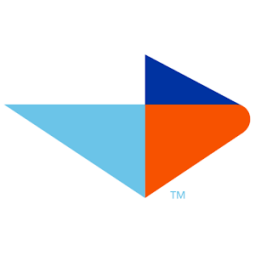Creality Ender 5 Max 3D Printer, Build Volume 15.75x15.75x15.75 inch, 700mm/s Max Printing Speed Large 3D Printer, Auto Leveling 300℃ High Temp Precise Linear Rail Dual Z Axis










Buy Now, Pay Later
- – Up to 36-month term if approved
- – No impact on credit
- – Instant approval decision
- – Secure and straightforward checkout
Ready to go? Add this product to your cart and select a plan during checkout.
Payment plans are offered through our trusted finance partners Klarna, Affirm, Afterpay, Apple Pay, and PayTomorrow. No-credit-needed leasing options through Acima may also be available at checkout.
Learn more about financing & leasing here.
Selected Option
Returnable until Jan 31, 2026 Learn more
To qualify for a full refund, items must be returned in their original, unused condition. If an item is returned in a used, damaged, or materially different state, you may be granted a partial refund.
To initiate a return, please visit our Returns Center.
View our full returns policy here.
Recently Viewed
Model: Ender 5 Max
Features
- Large Printing Size: A larger bulid volume means more possibilities and more applications. Ender 5 Max offers a build volume of 400 mm x 400 mm x 400 mm, perfect for creating large items or printing small parts. You can print storage boxes, garbage cans and other household items that printers can't achieve
- Up to 700 mm/s Maximum Printing Speed: Ender 5 Max equips 42-76 stepper motors drive the X/Y axis movement with power. Up to 700 mm/s print speed and 20000 mm/s3 acceleration for time-saving 3D printing
- Automatic Bed Leveling and Excellent First Layer: Creality Ender 5 Max, large 3d printer, 36-point leveling for quick calibration, no longer cumbersome, easy to build a solid first layer. Hot bed tilt calibration, to prevent platforms from becoming uneven
- High Temperature 300 C High Temperature Extruder: Hardened extruder gears of Creality Ender 5 Max, able to withstand 500 hours continuous extrusion. Reliable for 24/7 production without pause for inspection or maintenance
- Improved design: Ender 5 Max has improved design, for example, 1.3-color status indicator light: visible from a distance of up to 10 meters, it will inform you of the exact status of the machine. 2. Robust frame and precise linear rail: super reinforced structure with enlarged die-casting aluminum alloy frame parts. The X-axis has a precise linear rail. 3. More strength from dual Z-axis motors: two independently motorized Z-axes comprising two pairs of feed screws, and each Z-axis is assisted by 2 linear rods for higher accuracy
Brand: Comgrow
Material: Aluminum
Color: Black
Product Dimensions: 25"D x 15"W x 22"H
Item Weight: 57.1 Pounds
Product Dimensions: 25 x 15 x 22 inches
Item Weight: 57.1 pounds
Item model number: Ender 5 Max
Date First Available: March 17, 2025
Manufacturer: Creality 3D
Frequently asked questions
To initiate a return, please visit our Returns Center.
View our full returns policy here.
- Klarna Financing
- Affirm Pay in 4
- Affirm Financing
- Afterpay Financing
- PayTomorrow Financing
- Financing through Apple Pay
Learn more about financing & leasing here.
Similar Products
Top Amazon Reviews
























